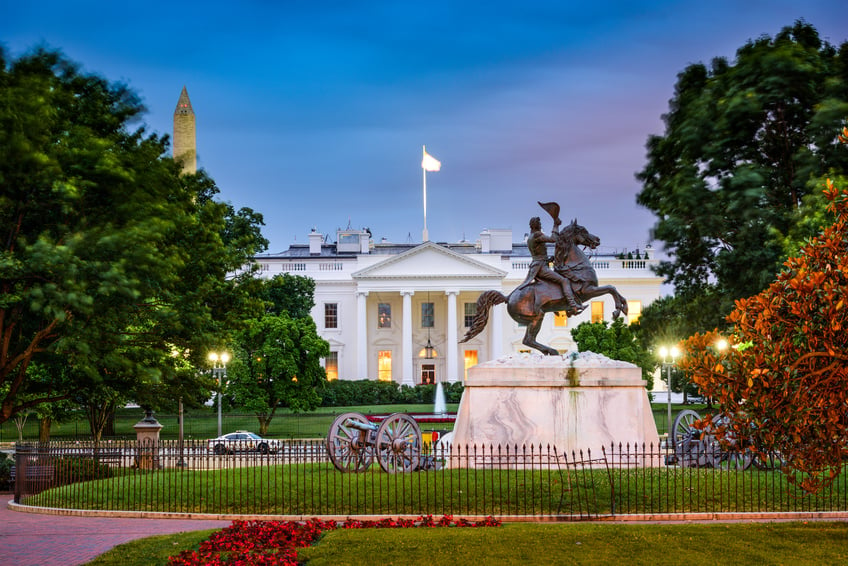On December 22, 2020, the US Commerce Department’s Bureau of Industry and Security (“BIS”) published a final rule (“Final Rule”) in the Federal Register adding 77 entities and individuals to the Entity List, including several prominent Chinese multinationals (together, the “Designees”). The Final Rule took effect on December 18, 2020. On the same day, BIS also published FAQs related to its recent expansion of the foreign-produced direct product rule (the “Huawei FPDP Rule”).
Entity List Designations
In press statements (here and here) released with the Entity List designations, the US Commerce Department explained that the bases for the designations included activities by Designees in the Chinese military industrial complex; land reclamation and the coercion of coastal states in the South China Sea; human rights abuses; the acquisition of US-origin items in support of People’s Liberation Army programs; and the theft of US trade secrets. As a result of these Entity List designations, no supplier – US or non-US, wherever located – may export, reexport, or transfer (in country) any commodity, software, or technology (“items”) subject to the Export Administration Regulations (“EAR”) to a Designee or where a Designee is a purchaser, intermediate consignee, ultimate consignee or end-user, unless licensed by BIS.
For most of the Designees, BIS will review license applications with a presumption of denial, with narrow exceptions (e.g. for certain entities, case-by-case review for items related to the detection and treatment of infectious disease). BIS will review license applications related to certain Designees for items “uniquely” required for production of semiconductors at advanced technology nodes (10 nanometers and below, including extreme ultraviolet technology) with a presumption of denial, and license applications for all other items on a case-by-case basis.
In addition, no EAR license exceptions may be used for exports/reexports/transfers of items subject to the EAR to the Designees or where a Designee is a purchaser, intermediate consignee, ultimate consignee or end-user. Our prior blog posts on other recent additions of Chinese entities to the Entity List are available here, here, and here.
New FAQs about the Huawei FPDP Rule
Separately, BIS published on its website new FAQs to provide guidance about the recent expansion of the EAR’s Huawei FPDP Rule, which primarily targets Huawei’s acquisition of semiconductors that are the direct product of US technology or software. Our prior blog posts on the initial and revised versions of the expanded Huawei FPDP Rule are available here and here. Among the points made in the FAQs, the following were noteworthy:
- FAQ 9 clarifies that the expanded Huawei FPDP Rule does not impose a licensing requirement for the servicing or repair of an item lawfully exported prior to the implementation of the Huawei FPDP Rule. That said, other licensing requirements set out in the EAR may still apply, including in connection with providing replacement parts for Huawei equipment.
- FAQ 13 provides that if Company A sells items subject to the Huawei FPDP Rule to Company B, which will incorporate a percentage of Company A’s items into products that are not subject to the Huawei FPDP Rule or otherwise subject to the EAR, and Company A knows that that some of Company B products are destined to Huawei, an export license will be required for Company A’s initial export, reexport, or transfer (in-country) of those items to Company B. In addition, FAQ 13 stipulates that when Company A knows that some percentage of the items subject to the Huawei FPDP Rule it sells to Company B are destined for Huawei but does not know which items, or what percentage of the items will be incorporated into Company B products, Company A should ask for that information from Company B. If no information is provided by Company B, the guidance provides that an export license would be required for all of Company A’s items that will be exported, reexported, or transferred (in-country) to Company B.
- FAQ 24 provides that the direct product of US software used in the product engineering stage of the production of a cellphone would be “whatever the U.S. software produces,” and that “[i]n most cases [that] would be the product design,” which may be subject to the Huawei FPDP Rule. It also provides that the cellphone itself may separately be subject to the EAR under the de minimis rule or another provision of the FPDP Rule. This guidance may be relevant to analyses of the role US software plays in the early stages of production processes under the Huawei FPDP Rule.



